We all know that a small amount of salt is often added to a water softener. Without sodium, the ion exchange process cannot be completed to replace the hardness-causing minerals such as calcium and magnesium. However, a reliable water softener shouldn’t add too much sodium to the water during the regeneration process so softened water tastes salty. If you are also experiencing the same problem, then there could be something wrong with your water softener that needs some attention.
Remember, drinking salty water daily isn’t pleasant or healthy. In this article, we will discuss what does softened water tastes like and some major causes of salty water from water softeners you need to fix them as soon as possible.
Table of Contents
What Causes Salty Water after Regeneration?
Does water softener make the water salty? Yes, it makes water salty to some extent. Here are some of the most common causes of softened water tastes salty after regeneration. Don’t forget to disconnect the water softer from the power supply and drain the water from the bypass valve before applying any fix.
Clogged/Chocked Injector Valve
An injector valve is one of the most important components of a water softener. It might get clogged easily and quickly due to the dust, salt, and sediment settlement in the small holes. Remember, it’s a very sensitive part of the water softener that requires extra care while handling. It’s recommended to use a simple toothbrush to clean the holes instead of any heavy object or replace the injector valve for a long-term solution.
Clogged/Crimped Drain line
A clogged drain line can also prevent the water from passing through it properly due to debris, dirt, and sediment. If a drain line is clogged, you may experience a softened water taste salty. You can easily clean it with your hand by pressing the line to check for the blockages. Moreover, Another issue to look for in a drain line that’s too long. If your drain line spans more than 8 feet length-ways, or there are more than 20 feet of line between the tank and the drain, it may struggle to properly drain your unit.
Faulty Brine Valve
The brine valve consists of several components such as brine, downflow pistons, and a spacer stack that may become faulty at some point. Due to this issue, a brine solution may leak into the resin container, adding extra salt to the water. Before sorting out the issue, you should carefully remove the drain and brine elbow and replace the faulty parts.
Excessive Water in the Brine Tank
If the water softener malfunctions for some reason, it can cause excessive water in the brine, leading to excessive salt absorption. A clogged brine or drain line can be one of the reasons for this problem. To sort out this problem, empty the water with a bucket and check for any blockages in the system.
Brine Cycle Interrupted
During regeneration, a water softener washes out calcium and magnesium minerals by using a brine solution. It usually takes between 30 and 100 minutes. If the brine cycle is interrupted, then the quality of sodium ions will be higher in drinking water.
Low Water Pressure
Low water pressure is another common issue that can cause salty water after regeneration. If the water pressure is under 30 PSI, it can cause an interruption in soft water production. You can use booster pumps to push the water in the pipes at a higher rate for a quick fix.
Improper Programming of Control Head
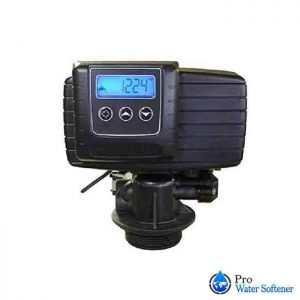
Excessive Sodium
Many people are often confused about do water softeners add sodium to the drinking water. Excessive sodium content in the water can also cause softened water to suddenly tastes salty. If that’s the issue, there isn’t any problem with your softening unit. You may need to focus on the incoming water supply to your water softener.
Check Out: Top Rated Portable Water Softeners in 2022
Frequently Asked Questions (FAQs)
1. What does softened water taste like?
It’s pretty hard to explain the exact taste of soft water because it may vary from area to area and person to person. Some people describe it as a bit salty, while others tell the opposite side of the story. However, the taste of the soft water can only be felt by those who have a sensitive taste.
2. How can I reduce sodium consumption?
Suppose you have a certain medical condition such as high blood pressure or heart disease that doesn’t allow you to consume sodium. In that case, you probably have only two options available to consider. You can add potassium chloride to the water softener or reverse the osmosis unit.
3. Is there salt in softened water?
There isn’t any extra salt added in the softened water as it’s a very common myth. However, there could be only a very small amount of salt in the softened water that people with sensitive taste buds can only feel.
4. How much sodium should my water contain?
Well, it depends on the water hardness levels in your area. According to some rough figures, water should contain 20.6mg sodium per cup.
5. Can you drink water softened with salt?
Yes, the softened water with an ion-exchange method that uses salt is 100% safe and healthy for drinking.
Check Out: How long do water softeners last?
Conclusion
We hope you have successfully learned how to reduce the salty taste from the regenerated water. Remember, softened water doesn’t always contain salt because most water softeners prevent the salt from going inside the tank. If you have any queries, don’t hesitate to comment below.

Steve Smith is a United State Licensed Plumber with over 18 years of plumbing experience. Steve has conducted residential and commercial plumbing jobs throughout the state and currently works for one of California’s largest plumbing companies. When he’s not working, Steve enjoys spending time with his daughter and son.
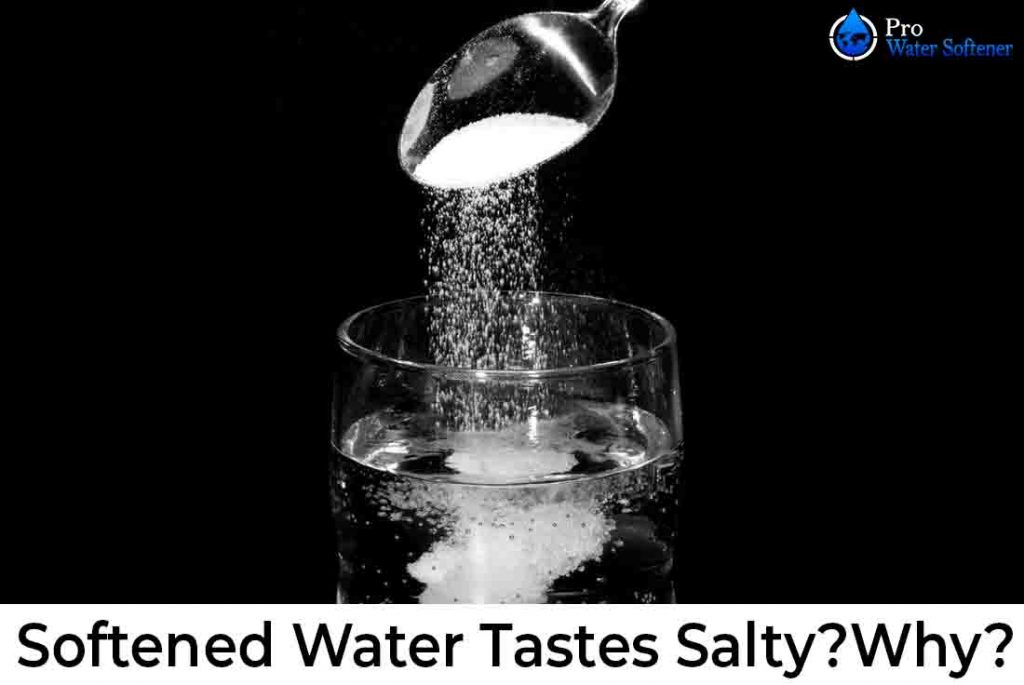
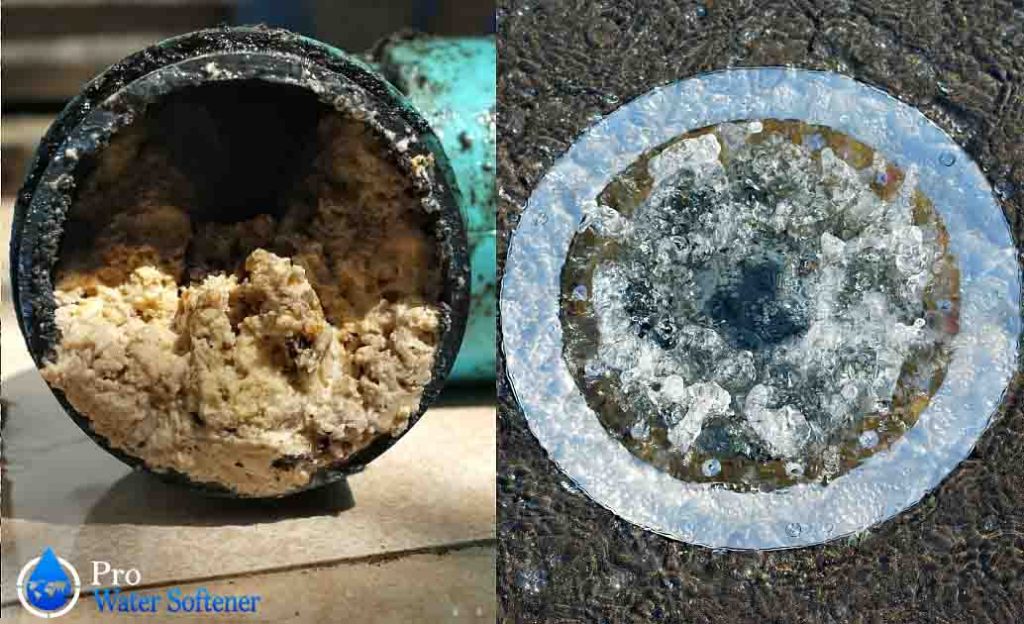
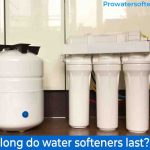
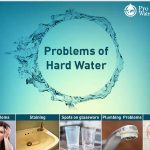



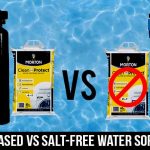
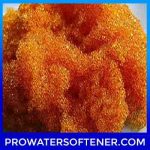

Leave a Reply